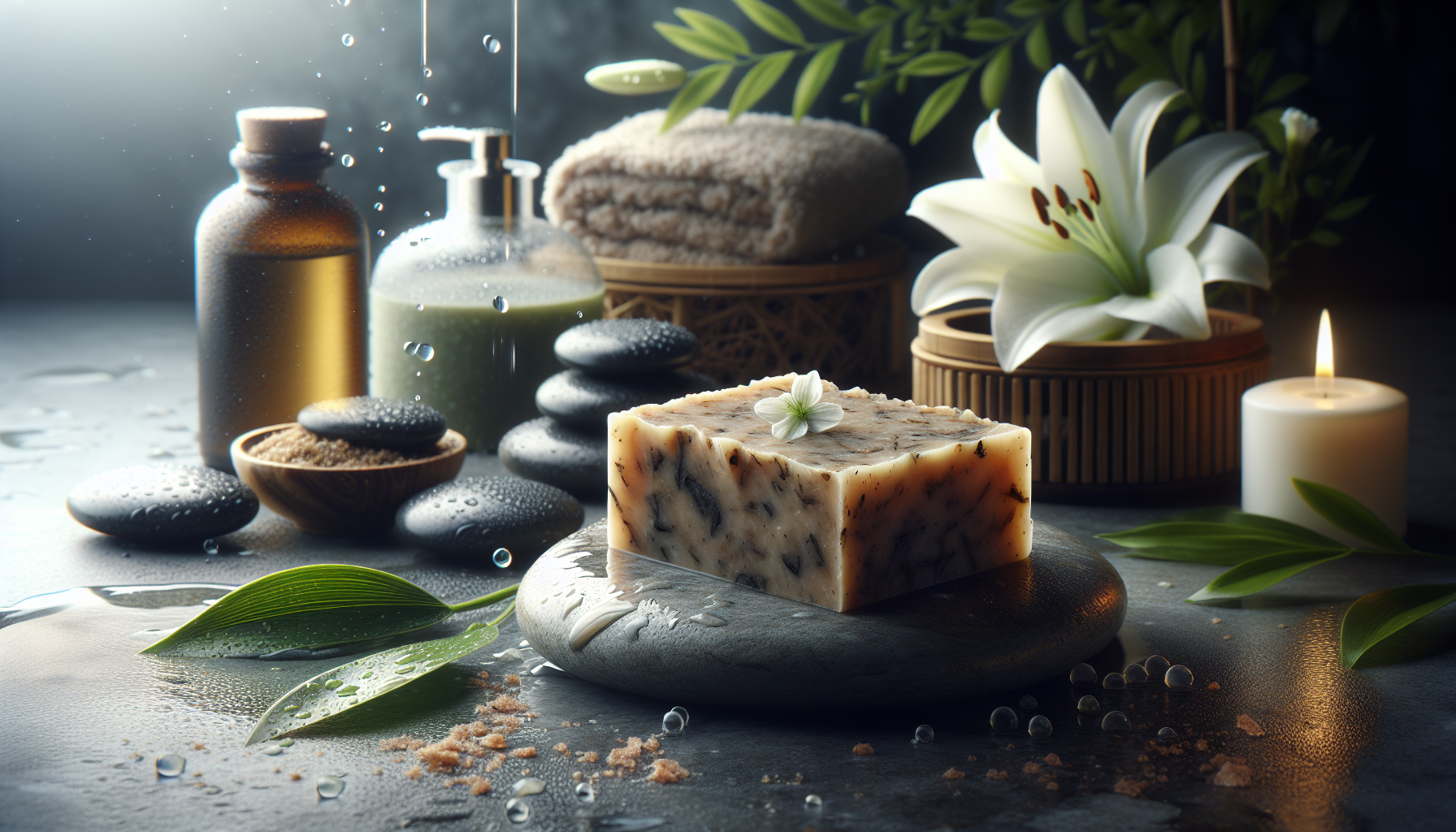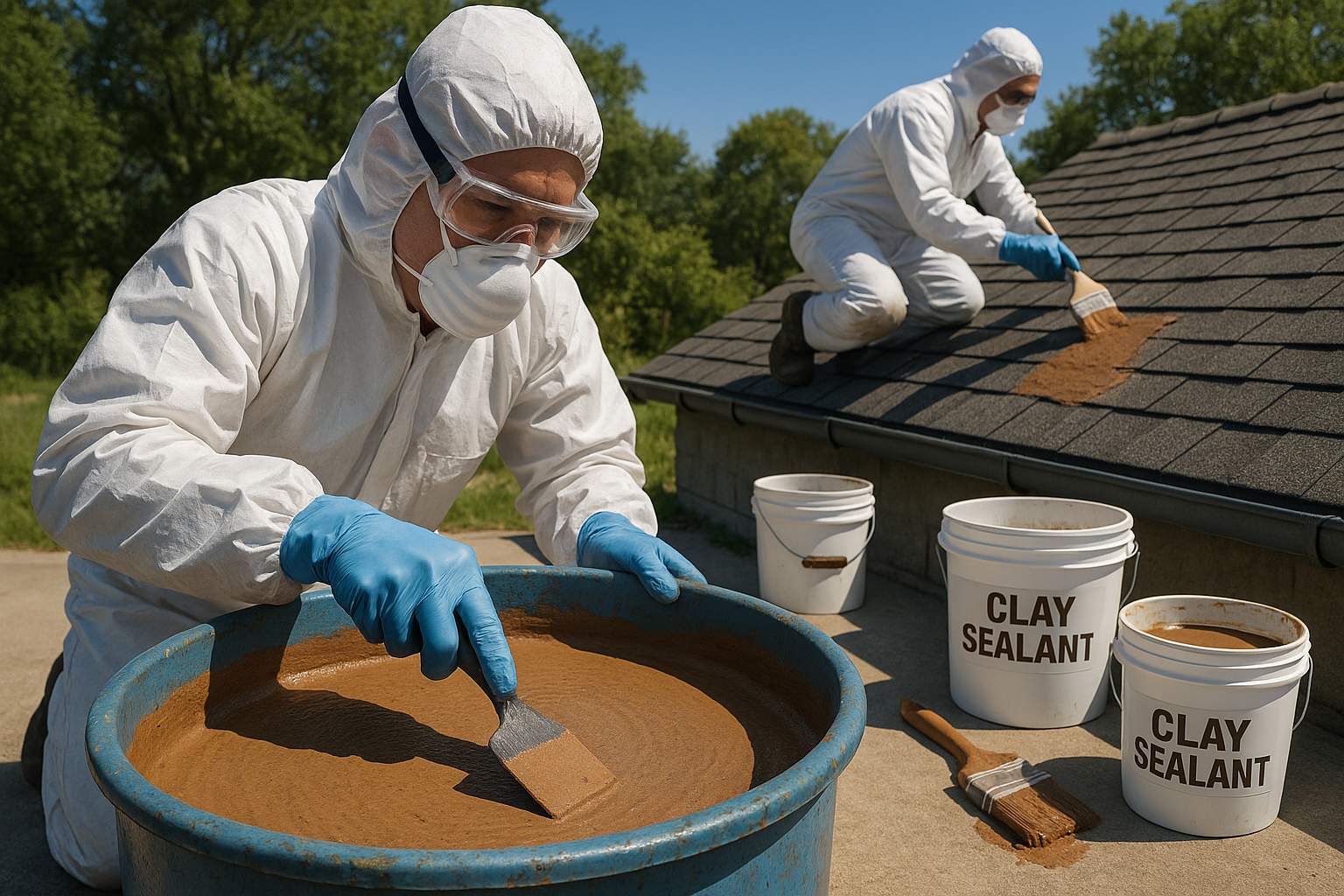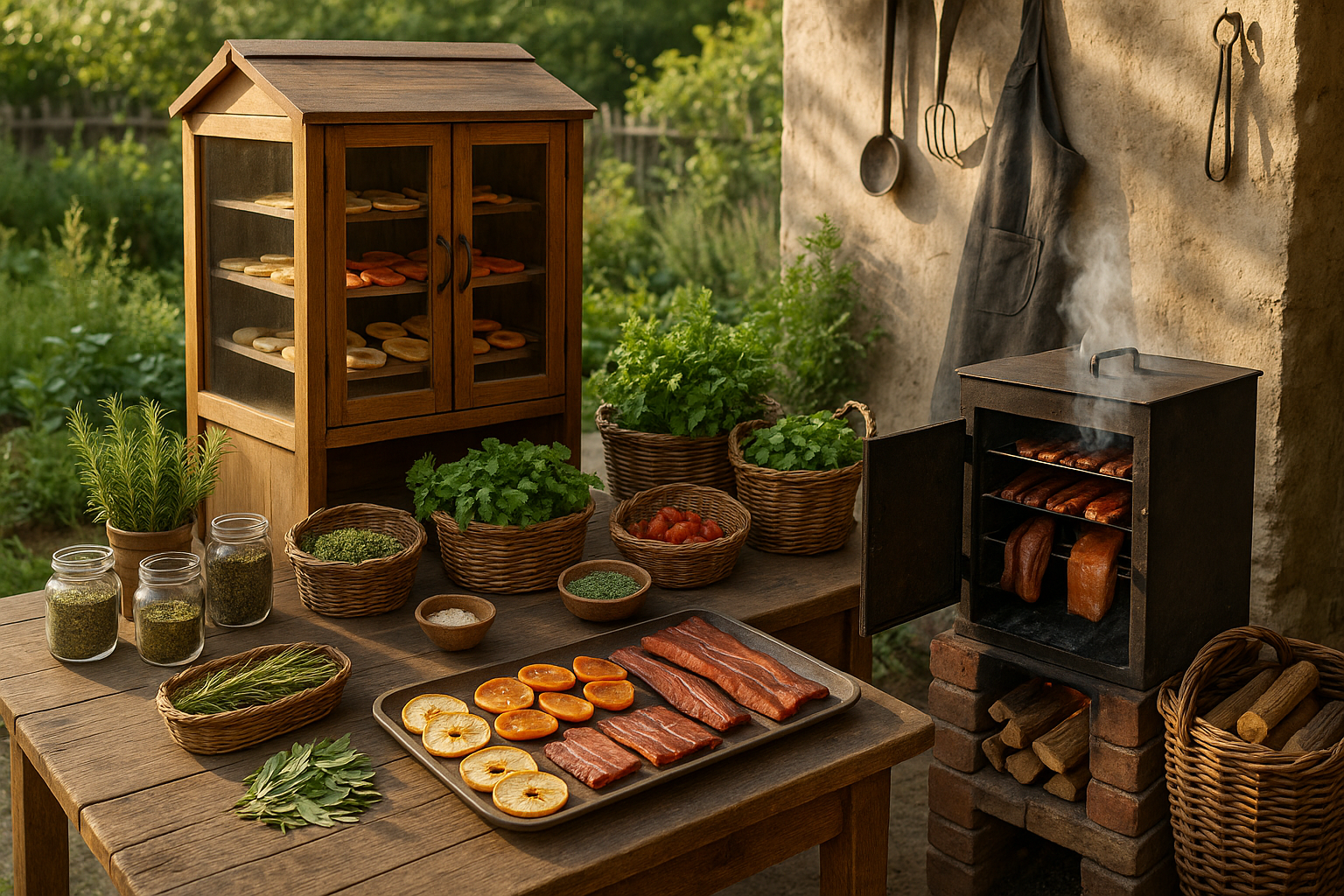In the modern world, where shelves are brimming with endless skincare products promising miracles, it’s easy to feel overwhelmed by the sheer variety and complexity of choices available. However, amidst the cacophony of fragrances and chemicals, there’s a quiet resurgence of an age-old tradition that embraces simplicity and purity: natural soap crafted from ash and fat. This humble yet potent combination has been cherished for centuries, offering a wholesome alternative that resonates with those seeking authenticity and efficacy in their skincare routines. 🌿
The allure of natural soap lies not only in its minimalist composition but also in its remarkable benefits for the skin. At its core, natural soap is a product of saponification, a chemical reaction between fats and an alkali—in this case, ash. This process transforms everyday ingredients into a luxurious bar that cleanses, nourishes, and revitalizes the skin. But what exactly makes ash and fat such a powerful duo? And why should you consider making the switch from conventional soaps laden with synthetic additives to this time-honored creation? In exploring these questions, we’ll delve into the science and history behind natural soap-making, shedding light on why this ancient practice is more relevant today than ever before.
Our journey into the world of natural soap begins with understanding the individual roles of ash and fat. Ash, often derived from hardwoods, acts as the alkaline agent necessary for saponification. It is rich in minerals like calcium and potassium, which not only aid in the cleansing process but also contribute to the soap’s gentle exfoliating properties. Fat, on the other hand, provides the essential oils and glycerin that moisturize and protect the skin. Together, these components form a soap that is not only effective in removing impurities but also deeply nourishing, leaving the skin radiant and healthy. 🌟
In this article, we will uncover the multifaceted advantages of using ash and fat-based soap, from its hypoallergenic properties to its environmentally friendly production process. We’ll explore the different types of fats that can be used, such as olive oil, coconut oil, and animal fats, each imparting unique qualities to the final product. Additionally, we’ll provide insights into how incorporating natural soap into your daily regimen can transform your skincare routine, offering a sustainable and skin-loving alternative that aligns with a mindful and conscientious lifestyle. Prepare to be captivated by the simplicity and power of this traditional craft, and discover how embracing natural soap can be a transformative step towards achieving the radiant skin you’ve always desired. ✨
The Historical Roots of Soap Making
The ancient art of soap making can be traced back to Babylonian civilization around 2800 B.C., where they first utilized the mixture of fats boiled with ashes. This rudimentary method laid the groundwork for what we understand as soap today. Over the centuries, the technique spread throughout the Mediterranean, evolving with each culture’s unique resources and practices. Egyptians, for example, used a combination of animal and vegetable oils with alkaline salts to cleanse and treat skin diseases. The evolution of soap making truly flourished during the Roman Empire when soap became a luxurious commodity, often scented and colored to appeal to the elite. This historical journey highlights the intrinsic link between soap and human civilization, underscoring its indispensable role in hygiene and skincare.
As soap making advanced, the Middle Ages marked a pivotal point with the introduction of hard soap, particularly in Spain and Italy. Here, olive oil was plentiful and became a key ingredient in soap production, giving rise to what we now recognize as Castile soap. This type of soap was valued not only for its cleansing abilities but also for its gentle nature on the skin. The technique spread across Europe, and by the 18th century, soap making had become a well-established industry. However, it wasn’t until the late 19th century that soap became widely accessible due to industrialization. These historical shifts reflect a constant quest for purity and efficacy in cleansing practices.
The historical context of soap making provides valuable insights into its transformation from a luxury item to a daily necessity. Today, the resurgence of interest in natural soap making is a testament to the enduring appeal of traditional methods. Many consumers are returning to these roots, driven by a desire for purity and sustainability. This trend highlights a broader shift towards mindful consumption, where the quality and origin of products are just as important as their function. In essence, the history of soap making is not just about cleanliness; it’s a narrative of human ingenuity and our relationship with nature.
The Role of Ash and Fat in Soap Composition
Understanding the role of ash and fat in soap making is crucial to appreciating its benefits for the skin. At its core, soap is created through a chemical reaction known as saponification. This process involves the reaction of fats or oils with an alkali, traditionally derived from wood ash, resulting in soap and glycerin. The choice of fat is critical, as it determines the soap’s texture, lather, and moisturizing properties. Animal fats, such as tallow and lard, have been traditionally used for their rich, creamy lather and stability. However, plant-based oils like coconut and olive oil are now favored for their nourishing qualities and ethical sourcing.
Ash, or the alkaline component, plays a pivotal role in breaking down the fats to form soap. Historically, ash was obtained from the burning of hardwood trees, providing the necessary potassium carbonate. This not only facilitated saponification but also contributed to the soap’s cleansing power. In modern natural soap making, sodium hydroxide (lye) is commonly used, offering consistent results and safety when handled correctly. Despite its synthetic origin, lye is essential for the saponification process and, importantly, none remains in the finished product. This balance between tradition and modernity ensures that natural soaps remain both effective and safe.
The interplay between ash and fat in soap making is a delicate balance that impacts the end product’s quality. Each type of fat contributes different characteristics; for instance, coconut oil creates a bubbly lather, while shea butter adds creaminess and moisture. The choice of ash or alkali also influences the soap’s hardness and cleansing ability. This customization allows soap makers to craft products tailored to specific skin needs, from deeply cleansing bars to soothing, gentle options for sensitive skin. As consumers become more informed about ingredients, understanding this process empowers them to make choices that align with their values and skincare goals.
The Benefits of Natural Soap for Skin Health
The benefits of natural soap extend far beyond mere cleanliness, offering a plethora of advantages for skin health. Unlike commercial soaps, which often contain synthetic detergents and harsh chemicals, natural soaps are crafted with skin-friendly ingredients. These ingredients, such as nourishing oils, plant extracts, and essential oils, work synergistically to enhance skin health and vitality. For instance, olive oil is renowned for its moisturizing properties, while coconut oil provides a rich lather and antimicrobial benefits. Essential oils not only impart delightful scents but also offer therapeutic benefits, such as soothing lavender or invigorating peppermint.
Natural soap’s gentle formulation makes it ideal for individuals with sensitive skin or allergies. The absence of synthetic fragrances and colorants minimizes the risk of irritation, making natural soap a safer alternative for those prone to eczema or dermatitis. Moreover, the glycerin retained in natural soap acts as a humectant, drawing moisture into the skin and maintaining its hydration. This is particularly beneficial for those living in dry climates or during harsh winter months when skin is more susceptible to dryness and irritation.
Furthermore, the environmental benefits of natural soap cannot be overlooked. Traditional soap making techniques utilize biodegradable ingredients that do not harm aquatic life or contribute to pollution. This contrasts starkly with the environmental impact of commercial soap production, which often involves petrochemicals and non-renewable resources. By choosing natural soap, consumers not only prioritize their skin’s health but also support sustainable practices that benefit the planet. This holistic approach to skincare aligns with a growing consciousness towards environmental responsibility and personal well-being.
Comparative Analysis: Natural Soap vs. Commercial Soap
To better understand the advantages of natural soap, it is essential to compare it with commercial soap. The table below highlights key differences between these two categories:
| Feature | Natural Soap | Commercial Soap |
|---|---|---|
| Ingredients | Natural oils, essential oils, plant extracts | Synthetic detergents, artificial fragrances, preservatives |
| Benefits | Moisturizing, gentle on skin, therapeutic | Cleansing, often drying or irritating |
| Environmental Impact | Biodegradable, eco-friendly production | Potentially harmful to environment |
As illustrated, natural soap’s commitment to purity and skin health stands in stark contrast to the chemical-laden composition of many commercial soaps. This distinction underscores the importance of ingredient transparency and informed consumer choices. For those interested in transitioning to natural soap, starting with a simple castile or goat milk soap can be an excellent introduction to its benefits.
Crafting Natural Soap at Home: A Guide
Creating natural soap at home can be a rewarding and fulfilling endeavor, allowing individuals to customize their soap to suit personal preferences and skin needs. The process begins with selecting quality ingredients. Opt for organic, unrefined oils such as coconut, olive, or shea butter, which form the base of the soap. Next, choose an alkali; sodium hydroxide is the most common choice, although potassium hydroxide can be used for liquid soap. Essential oils and natural colorants, like clays or botanicals, can also be added to enhance the soap’s aroma and appearance.
The soap making process involves careful measurement and precision, as the ratio of oils to alkali determines the soap’s success. Begin by melting the oils in a heatproof container, then slowly add the lye solution, stirring continuously. It’s crucial to maintain safety protocols, such as wearing gloves and goggles, to protect against lye burns. Once the mixture reaches “trace,” the point where it thickens and holds shape, add any desired essential oils or colorants. Pour the mixture into molds and allow it to cure for several weeks to achieve optimal hardness and longevity.
For beginners, the cold process method is recommended for its simplicity and effectiveness. However, those seeking immediate gratification might explore the melt and pour technique, which involves melting pre-made soap bases and adding personal touches. Regardless of the method, soap making offers a creative outlet and a deeper connection to the products we use daily. For a visual guide to soap making, watch the instructional video below from “Soap Queen TV” to get started on your soap-making journey:
How to Make Soap: Cold Process by Soap Queen TV
Exploring Variations in Natural Soap
The beauty of homemade natural soap lies in its versatility, allowing for endless experimentation with ingredients and techniques. Consider the following variations to diversify your soap collection:
- Exfoliating Soap: Incorporate natural exfoliants such as oatmeal, coffee grounds, or crushed seeds to gently remove dead skin cells and rejuvenate the skin.
- Herbal Infused Soap: Steep herbs like chamomile or calendula in oils before soap making to impart soothing properties and subtle scents.
- Moisturizing Soap: Add nourishing ingredients such as honey, aloe vera, or goat milk to enhance the soap’s moisturizing capabilities.
By exploring these variations, soap makers can create personalized products that cater to specific skincare needs and preferences. This hands-on approach not only fosters creativity but also empowers individuals to take control of their skincare routine, ensuring that each bar of soap reflects their unique style and values.

Conclusion
In conclusion, the exploration of natural soap, particularly those made from ash and fat, unveils a fascinating journey into age-old practices that blend simplicity with efficacy. Throughout this article, we have delved into the components that define natural soap, underscoring how ash and fat serve as quintessential ingredients that provide a myriad of benefits for radiant skin.
The cornerstone of natural soap is its foundation in simplicity and purity. We began by exploring the historical significance of soap making, tracing its roots back to ancient civilizations where ash and animal fats were combined to create effective cleansing agents. These traditional practices not only paved the way for modern soap-making techniques but also highlighted the timeless value of using natural ingredients. By returning to these basics, we reconnect with a legacy of purity and potency that contemporary products often lack.
A significant portion of our discussion focused on the unique properties of ash and fat. Ash, often derived from hardwoods or certain plants, provides a natural source of lye, an essential component in the saponification process. The transformation that occurs when ash interacts with fats results in a soap that is not only effective in cleansing but also gentle on the skin. The alkalinity of ash contributes to a soap’s ability to remove impurities, while its natural composition ensures that it remains free from harsh chemicals and synthetic additives.
Fats, whether from animal or plant sources, act as the moisturizing and nourishing counterpart in this dynamic duo. They impart a richness to the soap that helps maintain the skin’s natural oils, preventing dryness and irritation. We examined various types of fats, including tallow, lard, and plant-based oils like olive and coconut, each offering distinct benefits and qualities. These fats are not only integral to the soap’s texture and lather but also play a vital role in enhancing its moisturizing properties, leaving the skin feeling soft and supple.
The environmental and ethical considerations of using natural soap were another key aspect of our exploration. In an era where sustainability is paramount, choosing products that minimize environmental impact is crucial. Natural soaps made from ash and fat are biodegradable and often produced with minimal waste, aligning with eco-conscious values. Furthermore, the ethical sourcing of ingredients, particularly when using animal fats, emphasizes the importance of transparency and responsibility in production practices.
Additionally, the benefits of natural soap extend beyond mere aesthetics. The absence of artificial fragrances and preservatives makes these soaps ideal for individuals with sensitive skin or allergies. By embracing the simplicity of ash and fat-based soaps, users can enjoy a product that is not only kind to the skin but also supportive of overall health and well-being.
As we close this exploration into the power of ash and fat in natural soap, it is evident that these humble ingredients offer a potent solution for achieving radiant skin. Their simplicity belies their effectiveness, reminding us that sometimes the most straightforward solutions are the most impactful. Whether you are a seasoned enthusiast of natural products or new to the world of artisanal soaps, the journey into using ash and fat-based soaps can be both rewarding and transformative.
We encourage you to reflect on the information presented and consider integrating natural soaps into your daily routine. Experience firsthand the benefits of purity and simplicity in skincare, and allow the legacy of traditional soap-making to enrich your life. Share your experiences, insights, and newfound appreciation for these natural wonders with your community, and inspire others to explore the potential of ash and fat in their skincare journey.
Let this article be a starting point for further exploration and discovery. For more information and resources on natural soap-making, consider visiting reputable sites and communities dedicated to sustainable and natural living. Engage with others who share your passion for purity and learn from their experiences and expertise.
As we embrace the natural, let us also commit to spreading the word about the benefits of using simple, effective, and environmentally friendly products. By sharing this knowledge, we not only enhance our well-being but also contribute to a more sustainable and conscious world.
Thank you for joining us on this journey into the world of natural soap. May the power of ash and fat inspire you to embrace a more natural approach to skincare, and may your skin radiate with the glow of purity and health 🌿✨.




